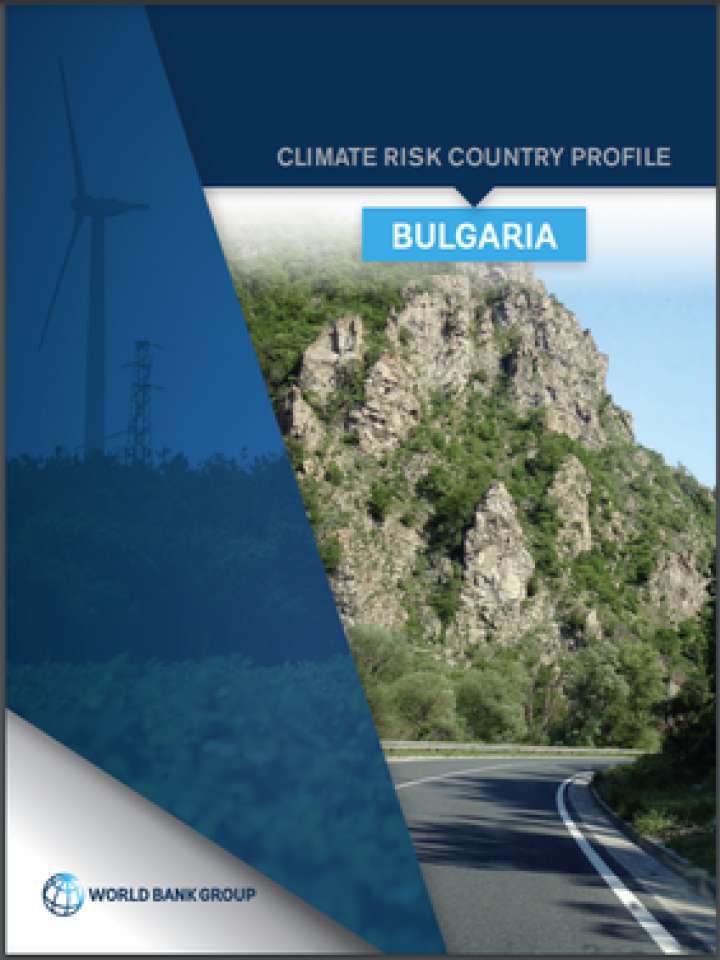Climate risk country profile: Bulgaria
This climate risk profile is intended to serve as public goods to facilitate upstream country diagnostics, policy dialogue, and strategic planning by providing comprehensive overviews of trends and projected changes in key climate parameters, sector-specific implications, relevant policies and programs, adaptation priorities and opportunities for further actions. Bulgaria has a total area of 111,000 square kilometers (km2) and is located in the Eastern Balkan Peninsula in South eastern Europe. Bulgaria is a parliamentary democracy and as member of the European Union (joined in 2007) has undergone transformation from a highly centralized, planned economy to an open-market economy over the past three decades. Bulgaria submitted its Updated Nationally-Determined Contribution (NDC) to the UNFCCC in 2020 as part of the European Union submission and has not submitted a country specific NDC. Bulgaria finalized its Seventh National Communication (NC7) in 2018. Currently, Bulgaria is classified as having high risk of river flooding, urban flooding, and wildfires.
This climate risk profile features several key messages regarding the risks Bulgaria is facing, including:
- Projected trends show that temperatures in Bulgaria will continue to increase. Under a high-emission scenario, the regional climate model used in this profile estimates that monthly temperatures are expected to increase by 2.2°C in the 2050s, and 4.4°C by the 2090s.
- Despite significant annual variability, under a high-emission scenario, monthly precipitation is expected to decrease steadily and is projected to decrease compared to the baseline period (1986–2005) by 4.4 mm by the 2050s, and by 10.2 mm in the 2090s.
- Projected increases in temperatures are likely to exacerbate the existing risks of temperature related hazards such as heat waves, droughts, and fire.
Explore further
